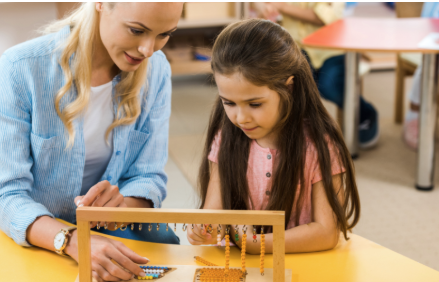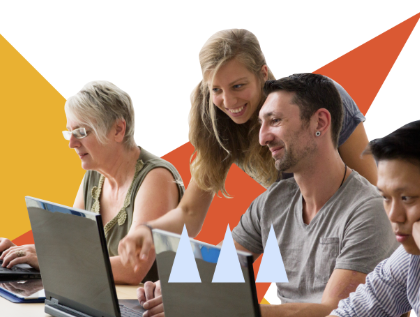Special education plays a vital role in ensuring that all students, regardless of ability, have access to meaningful and personalized learning experiences. As educational needs continue to diversify, innovation is transforming how special education programs support learners with disabilities. Through assistive technologies, adaptive curricula, and inclusive practices, schools are creating more equitable and empowering learning environments. This article explores how innovation is improving the delivery, accessibility, and impact of special education.
1. Assistive Technology Advancements
Innovative tools like text-to-speech software, speech-to-text programs, and alternative input devices enable students with disabilities to engage more fully with learning materials. Devices such as eye-tracking systems, adaptive keyboards, and communication boards help support students with mobility or communication challenges.
2. Personalized Learning Platforms
Digital learning platforms now offer features that adapt lessons to individual student needs. Tools like Read&Write, Learning Ally, and Bookshare provide personalized content delivery and support different learning styles through audio, visual, and interactive formats.
3. Augmented and Virtual Reality
AR and VR technologies offer immersive experiences that enhance understanding and engagement for students with special needs. For example, VR can simulate real-world scenarios to teach social skills, while AR apps provide visual supports for routines and tasks.
4. Data-Driven Progress Monitoring
Educational software with built-in analytics helps teachers track student performance and adjust instruction in real time. These insights support individualized education plans (IEPs) by identifying progress and areas needing additional intervention.
5. Inclusive Classroom Design
Innovative classroom layouts and flexible seating arrangements promote physical accessibility and sensory-friendly learning environments. Digital signage, visual schedules, and quiet zones help support focus and routine for students who benefit from structure.
6. Gamified Learning Experiences
Gamification helps students stay motivated by turning lessons into engaging challenges. Educational games designed with universal design principles accommodate different ability levels and promote social interaction through cooperative play.
7. Speech and Language Technology
AI-powered apps and tools now assist with language development and communication. Programs like Proloquo2Go, Speech Blubs, and Voiceitt help students with speech impairments express themselves and build vocabulary through guided practice.
8. Collaboration and Family Engagement Tools
Platforms that connect teachers, therapists, and families in real time help ensure consistent support across environments. Communication apps and digital IEP tracking systems improve transparency and allow families to stay involved in their child’s education.
9. Professional Development for Educators
Online training modules and communities of practice help educators stay current on inclusive strategies and technologies. Resources like CAST, Understood.org, and IRIS Center provide tools for effective teaching and differentiation.
10. Emphasis on Student Agency and Self-Advocacy
Innovative programs are empowering students to understand their learning needs and take an active role in their education. Through digital portfolios, self-monitoring tools, and goal-setting platforms, students build confidence and autonomy.
Conclusion
Innovation in special education is reshaping how schools meet the diverse needs of learners. By embracing new technologies and inclusive practices, educators can create environments where every student has the tools and support to succeed. As innovation continues, it holds the promise of not only increasing accessibility but also enriching the educational experience for all.














